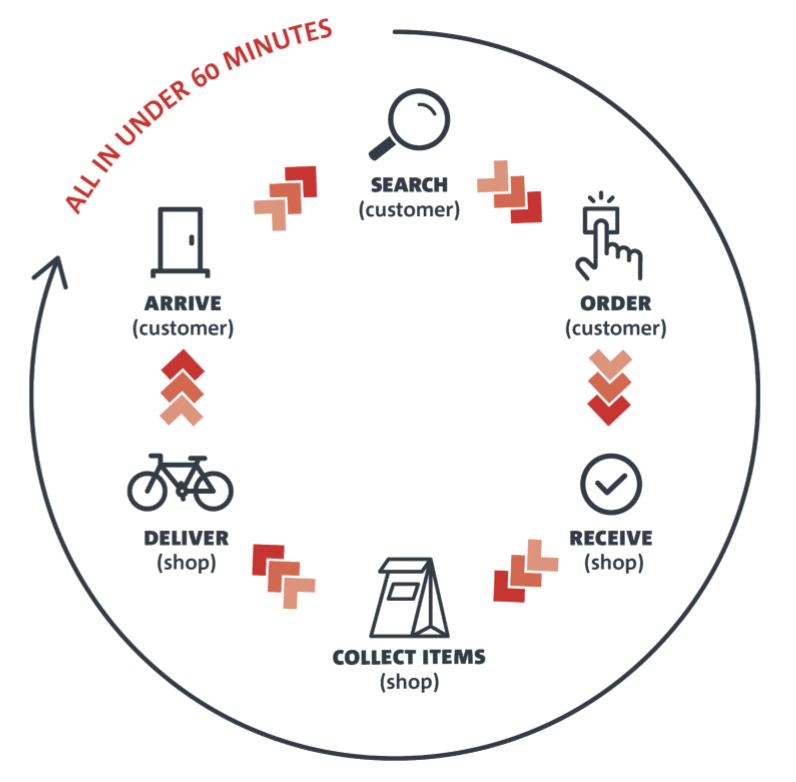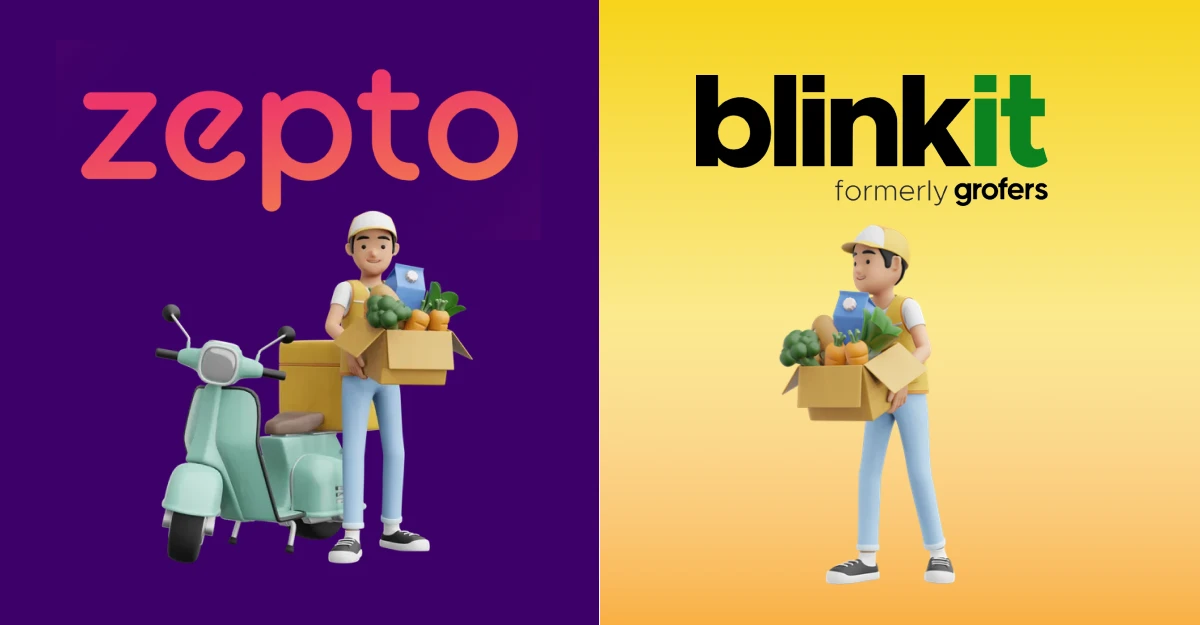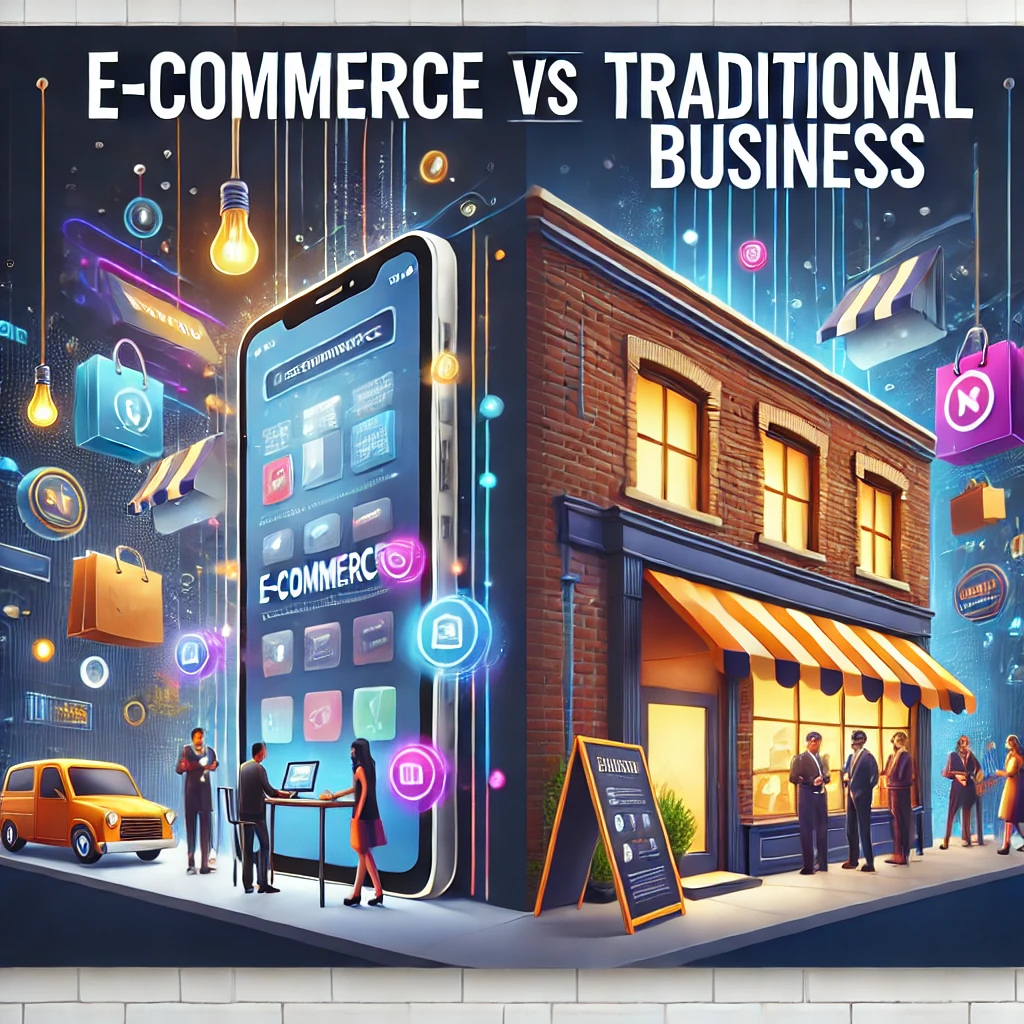India’s e-commerce landscape is fiercely competitive, dominated by giants like Amazon and Flipkart. However, new players in the quick commerce (q-commerce) space, such as Zepto and Blinkit, are rapidly gaining traction. Their focus on ultra-fast delivery and hyperlocal services is challenging the dominance of traditional e-commerce platforms. This article explores why Zepto and Blinkit might outpace Amazon and Flipkart in the race for India’s next big e-commerce boom.
The Rise of Quick Commerce

Quick commerce refers to the delivery of groceries, daily essentials, and other items within a short time frame, typically under 30 minutes. This model caters to the growing consumer demand for convenience and immediacy. With hectic urban lifestyles and the increased value placed on time, many consumers are willing to pay a premium for instant delivery.
Zepto and Blinkit (formerly Grofers) have capitalized on this trend, offering ultra-fast deliveries through a network of micro-fulfillment centers strategically located within cities. Their promise of delivering items within 10 to 20 minutes has struck a chord with urban consumers, who are increasingly leaning towards convenience over variety.
Speed as a Key Differentiator
One of the key reasons Zepto and Blinkit might outperform Amazon and Flipkart is their focus on speed. Traditional e-commerce platforms typically offer same-day or next-day deliveries, which, while fast, don’t match the immediacy that quick-commerce players provide.
Zepto and Blinkit’s hyperlocal delivery models are designed for speed. They use small, localized warehouses and a fleet of delivery personnel stationed close to customers. This setup allows them to fulfill orders in a fraction of the time it would take Amazon or Flipkart, which rely on larger distribution centers often located on the outskirts of cities.
For customers who need items urgently—whether it’s groceries for dinner, last-minute ingredients, or an everyday necessity—Zepto and Blinkit provide a solution that is simply faster. This speed advantage is particularly appealing in India’s urban areas, where the pace of life is fast and the convenience of quick deliveries is highly valued.
Hyperlocal Focus and Personalization
Zepto and Blinkit have another advantage in their hyperlocal focus. Unlike Amazon and Flipkart, which operate on a national scale, these quick commerce players concentrate on specific cities and neighborhoods. This allows them to tailor their offerings to local tastes and preferences.
For example, they can stock region-specific products, from local snacks to specialty items, that appeal directly to the communities they serve. This level of personalization is harder to achieve for Amazon and Flipkart, which focus on a broader, more generalized market.
Moreover, by focusing on a smaller geographic area, Zepto and Blinkit can build stronger relationships with local vendors and suppliers, ensuring a steady supply of fresh and relevant products. This local focus not only improves customer satisfaction but also enhances their supply chain efficiency.
Convenience-Driven Market
India’s growing middle class, coupled with increasing internet penetration and smartphone usage, is driving demand for convenience-oriented services. The COVID-19 pandemic accelerated this shift, as consumers became accustomed to online shopping and home deliveries.
Zepto and Blinkit have positioned themselves as the go-to platforms for this convenience-driven market. Their quick delivery promise resonates particularly well with younger, tech-savvy consumers who prioritize time-saving solutions.
While Amazon and Flipkart offer a wide range of products, they often require customers to plan their purchases in advance. In contrast, Zepto and Blinkit are geared toward impulsive, last-minute shopping, catering to those who want their items immediately without the need for prior planning.
Challenges for Amazon and Flipkart
For Amazon and Flipkart to compete with Zepto and Blinkit in the quick commerce space, they would need to overhaul their logistics networks and adopt a hyperlocal approach. This would require significant investment in infrastructure, including building more micro-fulfillment centers and expanding their delivery fleet.
Furthermore, Amazon and Flipkart’s large-scale operations may make it difficult for them to pivot quickly enough to match the agility of smaller players like Zepto and Blinkit. Their focus on a wide range of products across various categories may also dilute their ability to provide the specialized service that quick commerce demands.
Conclusion
While Amazon and Flipkart remain dominant players in India’s e-commerce market, Zepto and Blinkit are making a strong case for the future of quick commerce. Their focus on speed, hyperlocal services, and convenience gives them a unique edge in catering to urban consumers’ changing needs. As the demand for instant delivery grows, Zepto and Blinkit are well-positioned to challenge the e-commerce giants and potentially carve out a significant share of the market.




Leave a Reply